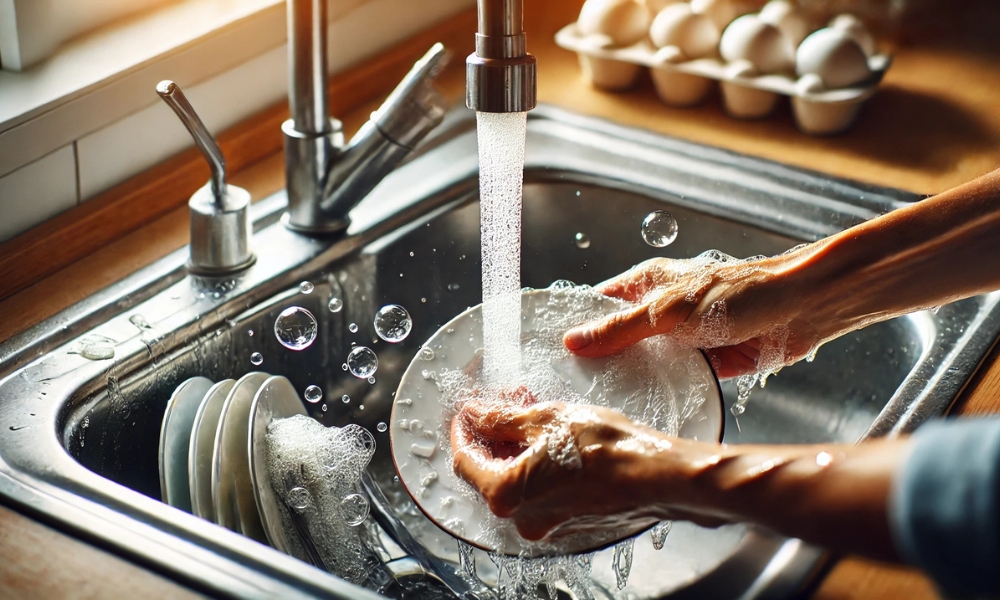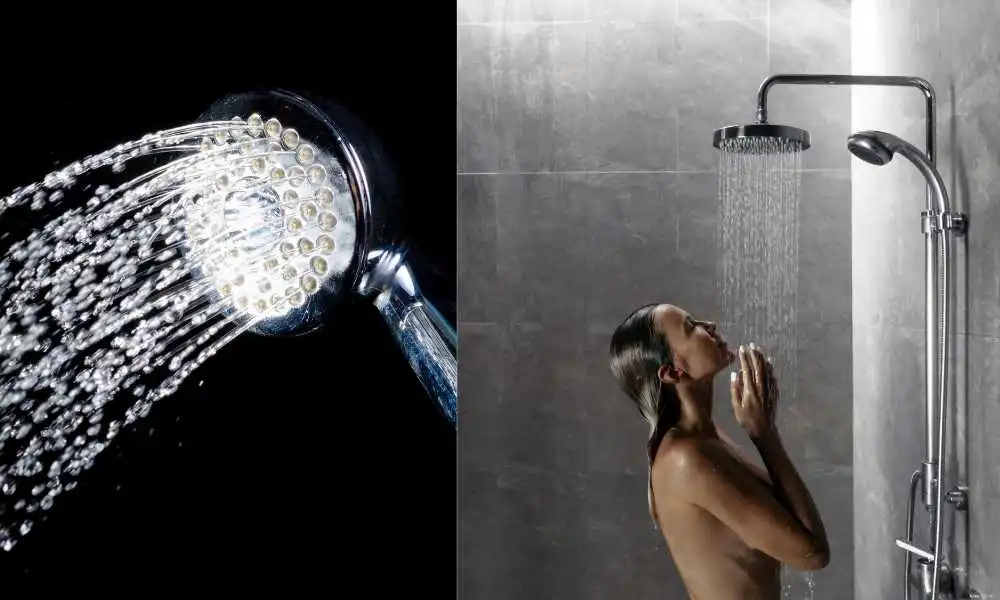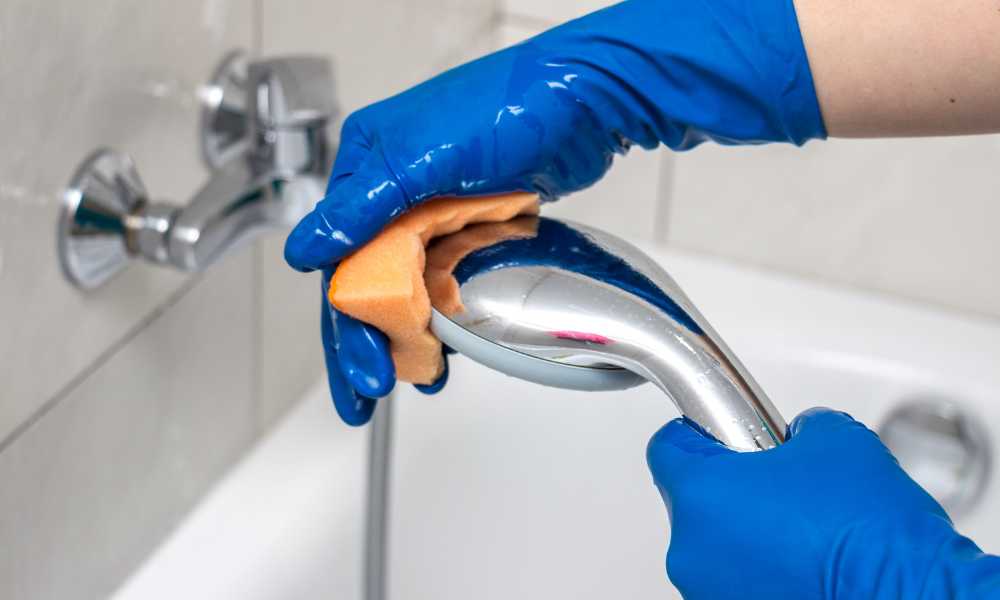Have you ever finished a delicious meal, only to find an unpleasant soapy taste lingering on your dishes? It’s a surprisingly common issue that can make even the most enjoyable dining experience a little unsettling. If you’ve ever wondered, “Why do my dishes taste like soap after hand washing?” you’re not alone. This lingering taste often boils down to a few common but often overlooked factors in dishwashing routines. From soap residue to rinsing techniques, a range of variables can affect whether your dishes taste fresh or carry a hint of soap. Let’s dive into the root causes and explore ways to keep your dishes clean and fresh-tasting every time.
Understanding the Soapy Taste: What’s Really Going On?
The soapy taste lingering on your dishes has a story behind it—a tale woven by chemistry, water quality, and Cleanser formulation. Detergent, with its affinity for oils and grime, clings steadfastly to surfaces. Yet, when it overstays its welcome, you taste it, plain and simple. Adding to the plot, hard water, laden with minerals, can amplify soap’s clinginess, making it harder to rinse off completely.
Common Causes of Soapy-Tasting Dishes After Hand Washing
Several sneaky culprits could be causing that soapy taste. From using a tad too much dish detergent to inadequate rinsing and even the specific type of Cleanser you’re using, these small details add up. Each step, from lathering to rinsing, plays a role in determining whether your dishes retain a soapy residue or remain perfectly Clean Dishes Without Soap.
Why Residual Soap Is the Main Culprit
Soap residue: the silent offender. Often, even a minuscule amount of leftover Cleanser can taint your meal. This residue builds up when Cleanser isn’t fully rinsed away, lingering on the surface to surprise your taste buds later. Thick, concentrated soaps, designed to stick, can be particularly tricky to rinse off.
How Soap Particles Cling to Surfaces and Linger After Rinsing
Soap is designed to bind with grease and grime, but it’s stubborn. When you wash dishes by hand, detergent particles form a thin, almost invisible film on surfaces. Inadequate rinsing leaves these particles clinging on, and once they dry, just a hint of moisture—a sip of water, a bit of food—can revive the taste.
The Role of Different Soap Types: Dish Soap vs. Natural Cleaners

Not all soaps play by the same rules. Traditional dish soaps, packed with synthetic detergents, are famously clingy. Natural cleaners, with ingredients like vinegar or gentle plant-based surfactants, often rinse off more readily. Choosing the right Cleanser can make a difference in whether your dishes end up tasting soapy or delightfully neutral.
Are Certain Soaps More Prone to Leaving Residue?
Yes, indeed. Soaps enriched with moisturizers or heavy scents often hold onto surfaces longer. These additives enhance the washing experience but sometimes leave a clingy residue. A Cleanser designed for fragrance or softness in your hands can unintentionally extend that quality to your dishes.
Is It Harmful to Consume Small Amounts of Dish Soaps?
A small taste of dish detergent isn’t likely to harm you, though it’s hardly appetizing. However, dish soaps contain ingredients crafted for cleaning, not consumption. Over time, consuming even small amounts could lead to minor stomach irritation, especially if you’re sensitive to certain chemicals or fragrances.
How to Know If You’re Using Too Much Soap When Washing Dishes
With dish soap, less is often more. If your sink is overflowing with bubbles that require endless rinsing, it’s a sure sign you’re using too much. Aim for a mild lather, and try diluting the detergent slightly. Even a small amount of Cleanser can achieve sparkling dishes without overdoing it.
Water Temperature Matters: How Hot or Cold Water Affects Soaps Residue
Water temperature isn’t just about comfort—it affects how soap behaves. Hot water helps dissolve and wash away soap particles, making it easier to rinse them off. Cold water, however, can encourage Cleanser to cling, especially if you’re dealing with hard water, leaving your dishes with that lingering taste.
Rinsing Techniques That Prevent Soapy Dishes

Proper rinsing is your ally in the fight against soap taste. Running each dish under a steady stream of water ensures detergent residue is washed away. Pay extra attention to crevices or detailed areas, as these can trap particles that release their flavor later on.
Using a Two-Sink Method for Thorough Soap Removal

The two-sink method—one for soapy water and one for rinsing—streamlines detergent removal. After washing in the first sink, dip each dish into clean, hot water to rinse. This dual approach helps sweep away lingering Cleanser far better than a quick rinse under the faucet.
Why High-Pressure Rinsing Is Effective for Soap-Free Dishes
High-pressure rinsing, if available, works wonders for clearing Cleanser residue. A spray nozzle can help dislodge particles that cling to the surface. This targeted rinse clears detergent residue quickly and more effectively than a gentle, trickling stream of water.
Hand Washing Techniques to Reduce Soap Taste

Circular motions, gentle scrubbing, and an immediate rinse can prevent soap from embedding into the dish’s surface. Rinse each dish promptly after washing to ensure that the soap doesn’t have time to settle and dry, which makes it even harder to rinse away fully.
Why You Should Avoid Sudsy Sponges and Dishcloths
Soapy sponges and dishcloths can easily leave excess soap on dishes. Rinse them out regularly, keeping only a mild amount of detergent. Oversaturated cleaning tools add soap where it’s not needed, increasing the risk of that soapy aftertaste.
The Benefits of Air Drying vs. Towel Drying for Soapy Taste

Air drying is a subtle but effective way to ensure soap-free dishes. Letting dishes air dry allows any leftover soap particles to evaporate naturally. Towel drying, especially with a damp towel, can sometimes spread residual Cleanser, undoing your careful rinsing efforts.
Is Your Soap Dilution Right? How Concentrated Soap Can Affect Taste
Concentrated soap formulas are efficient yet potent. If your dish detergent isn’t pre-diluted, consider adding a bit of water to it before use. Dilution reduces the likelihood of excess residue, leaving you with a cleaner result.
DIY Soap-Free Dishwashing Alternatives: Vinegar and Baking Soda
For those wary of lingering Detergent, vinegar and baking soda offer a gentle alternative. Vinegar cuts through grease, while baking soda provides a mild abrasive quality. Both rinse cleanly, making them effective options for detergent-free dishwashing.
How Frequently to Replace Sponges and Dishcloths to Avoid Residue Buildup
Sponges and dishcloths accumulate Detergent, food debris, and bacteria over time, even with regular rinsing. Replacing them every few weeks keeps your dishwashing setup fresh, reducing the chance of soapy buildup on your clean dishes.
Checking Your Water Quality: Does Hard Water Increase Soap Residue?
Hard water contains minerals that cling to detergent, making it difficult to rinse away fully. If you have hard water, a water softener can help, or you might switch to a Detergent formulated specifically to counteract mineral buildup.
How to Test for Soap Residue on Your Dishes
Run a finger along a dry dish’s surface; if it feels slick or a faint lather appears, you’re likely dealing with residue. You can also submerge dishes in clear water—bubbles indicate soap that hasn’t fully rinsed away.
Natural Solutions for a Fresh, Residue-Free Clean
For an extra-fresh finish, try adding lemon juice or a drop of essential oils, such as tea tree or lemon, to your rinse water. These natural additions break down detergent particles while leaving behind a mild, pleasant scent.
Why Rinse Aids Aren’t Just for Dishwashers
Rinse aids, which reduce water’s surface tension, help rinse away detergent effectively. Though typically used in dishwashers, they can be added to rinse water to assist with hand washing, especially if you have hard water.
Safe and Simple Ways to Remove Residue from Existing Dishes
If residue has built up over time, soak dishes in a mixture of vinegar and water, then scrub with baking soda. This gentle combination removes stubborn detergent particles without harsh chemicals.
How Often Should You Deep Clean Your Dishwashing Station?
Regularly deep-cleaning your dishwashing station—sinks, drying racks, faucets—prevents soap buildup and bacteria. A monthly scrub down keeps your cleaning environment fresh and ready for residue-free dishwashing.
Is It Time to Switch to a More Natural Dish Soap?
When detergent taste persists, a switch to natural dish detergent could help. Plant-based soaps rinse off easily and are free from synthetic additives, delivering a cleaner finish on your dishes.
Conclusion
With a few adjustments, you can easily avoid that lingering soapy taste. By refining your dishwashing techniques, ensuring proper rinsing, and choosing the right detergent, you can make soapy dishes a thing of the past. These small, intentional changes will leave your dishes tasting clean, fresh, and ready for every meal.


